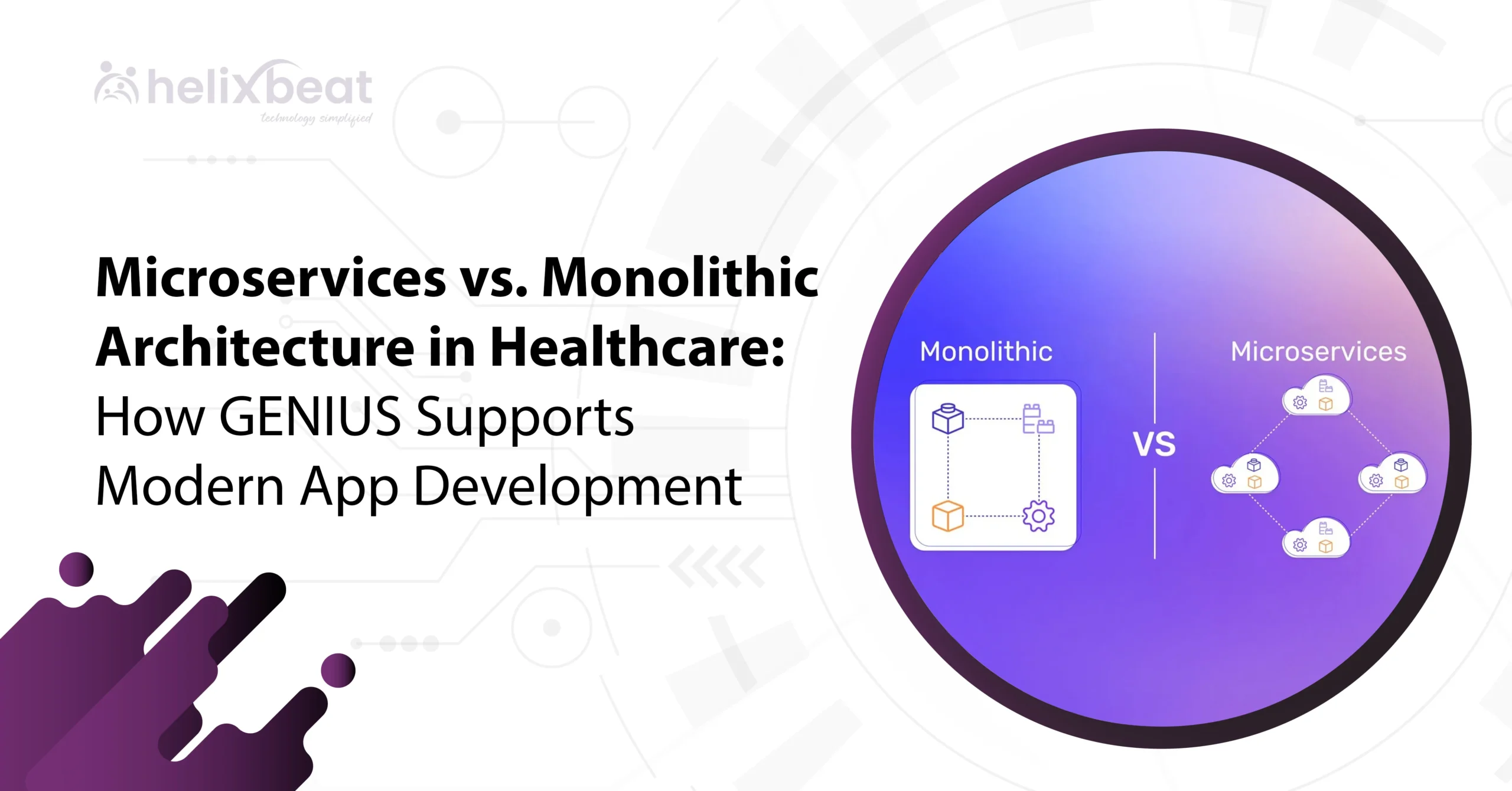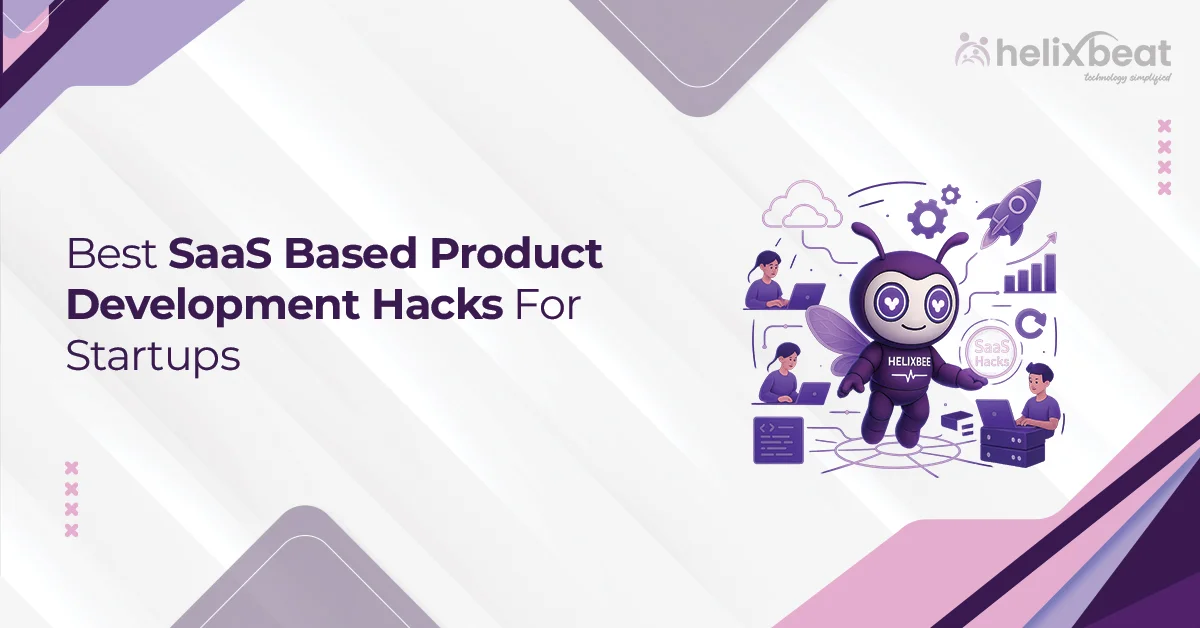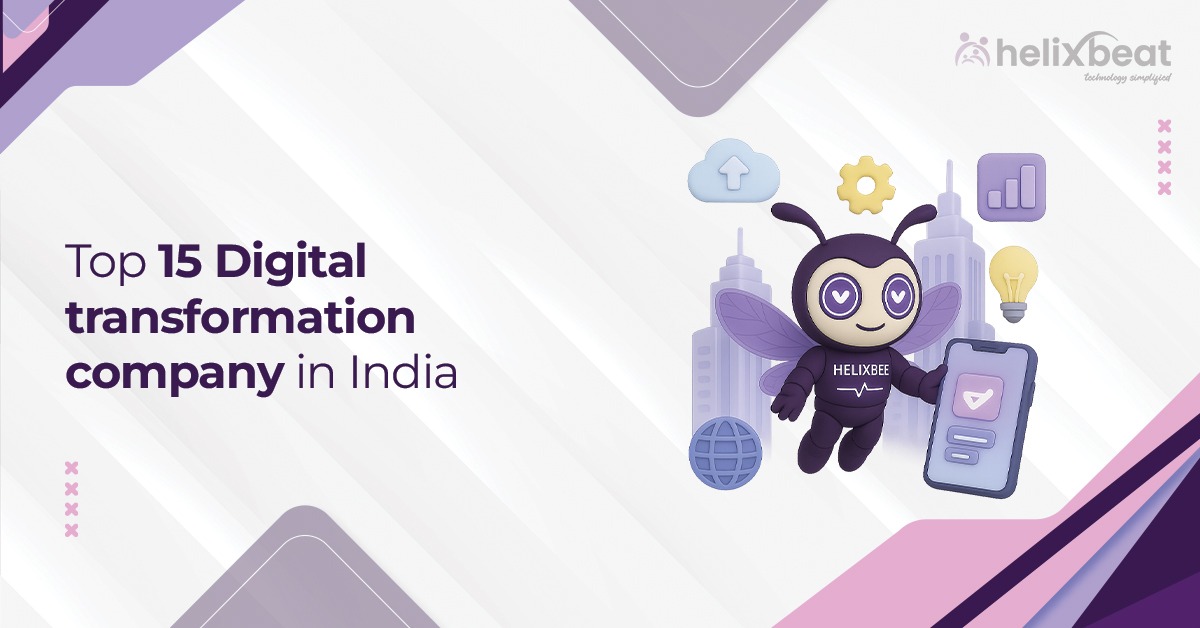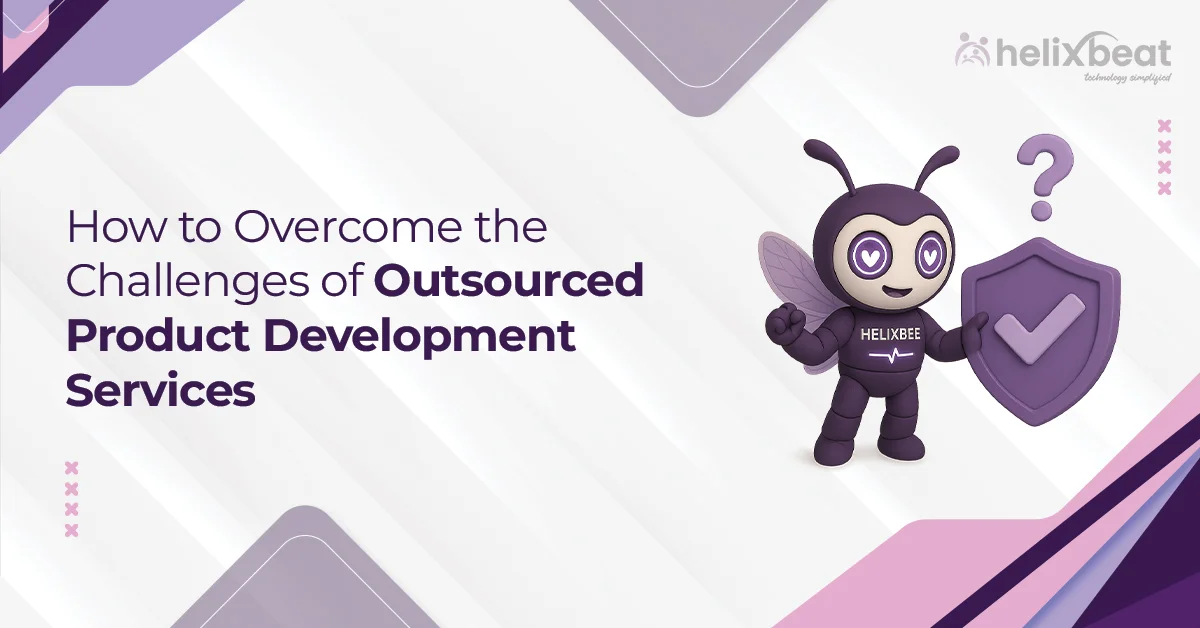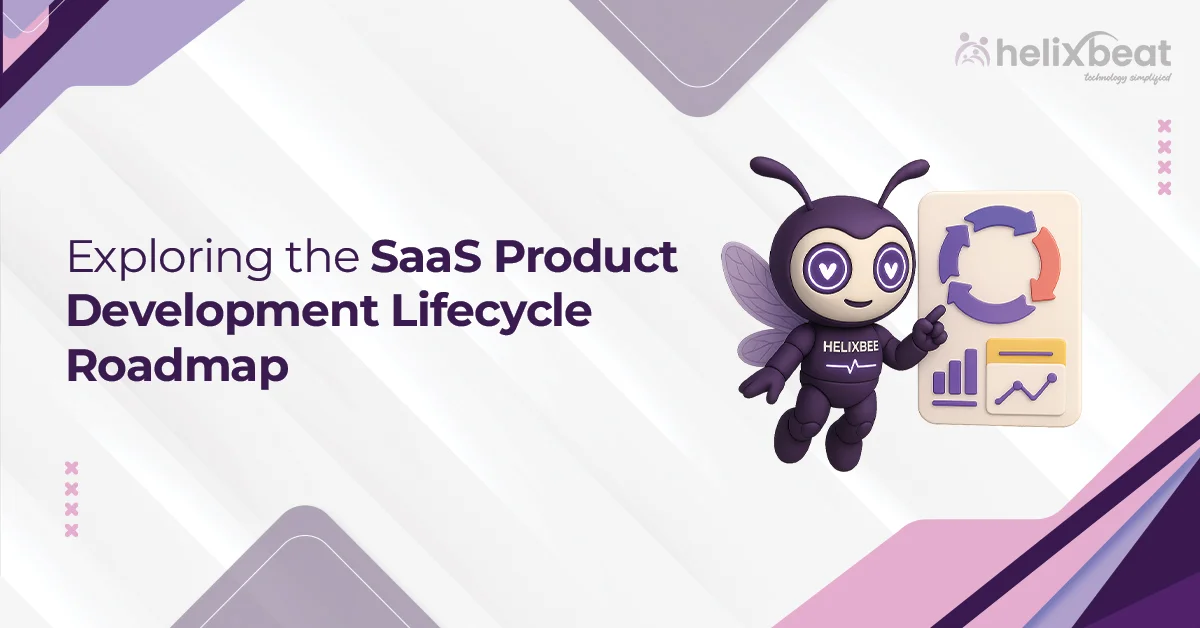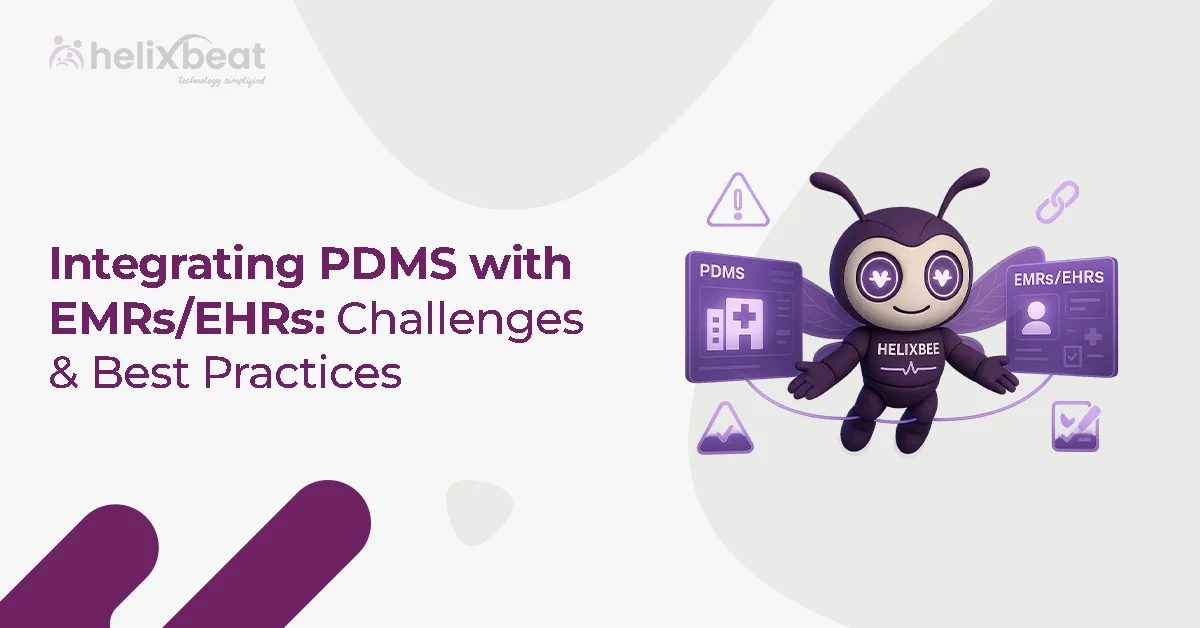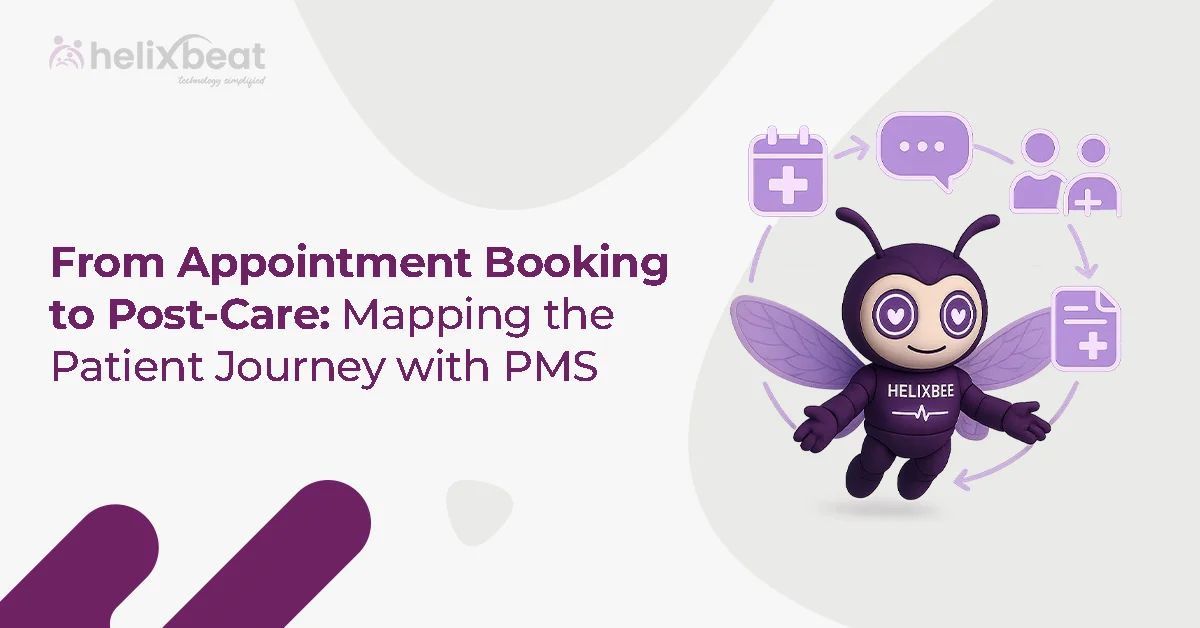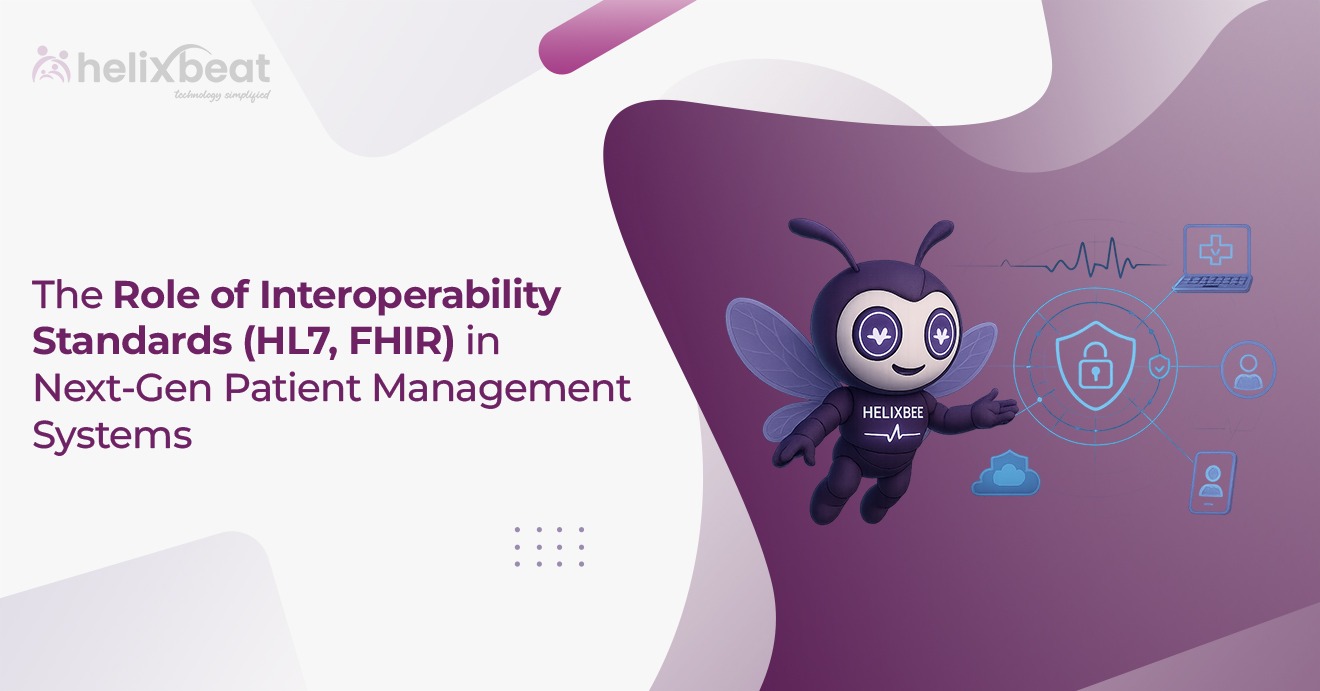Raj, an IT lead at a growing healthcare network, needed to scale their appointment and patient management systems. But every time his team introduced new functionality, something else would break. Why? Because everything was built on a single, monolithic architecture. That’s when he began exploring microservices in healthcare—and came across Genius by Helixbeat.
For anyone navigating digital transformation in healthcare, understanding the difference between monolithic and microservices architectures isn’t just a technical decision—it’s a strategic one. The architecture you choose impacts development speed, operational costs, regulatory compliance, and, most importantly, the patient experience.
In this article, we’ll explore how modern systems like Genius help developers and organizations build scalable, reliable, and future-ready API-driven healthcare apps.
Table of Contents
What Is Monolithic Architecture and Why Is It Limiting in Healthcare?
Healthcare has traditionally relied on monolithic systems, but this approach comes with trade-offs.

Understanding Monolithic Architecture
A monolithic application is built as a single, indivisible unit. Every component— from scheduling to billing—is tightly connected within the same codebase.
Challenges with Monolithic Systems in Healthcare
- Poor scalability: You can’t scale one feature without scaling the entire system.
- Slow updates: A small change in one module can impact or break the entire platform.
- Limited flexibility: Integrating third-party tools, wearable devices, or patient engagement apps becomes complex and time-consuming.
- Risk of downtime: A single bug can bring down the whole system.
Real-World Example
When Raj’s team tried to update their claims module to support new reimbursement rules, the patient dashboard stopped working. That’s the monolithic trap in action.
What Are Microservices and Why Are They Ideal for Healthcare?
Microservices in healthcare are more than just a trend—they’re a game changer.
Microservices: The Building Block Approach
Microservices split an application into independent services, each responsible for a specific function—such as patient registration, medical history, billing, or lab integration.
Each service runs independently and communicates with others through APIs, allowing the system to remain modular and adaptable.
Why Microservices in Healthcare Make Sense
- Scalability: Scale only what you need (e.g., the patient search service) without affecting the entire system.
- Resilience: If one microservice fails, the rest of the system continues to function.
- Faster updates: Developers can update or improve one feature without touching the entire codebase.
- Easy integration: API-driven healthcare apps can connect with external systems more easily and efficiently.
Example: COVID-19 Response
During the pandemic, many health systems were able to quickly add vaccination scheduling using microservices. This level of speed and flexibility would have been difficult—if not impossible—with a monolithic structure.
How Do Microservices Improve API-Driven Healthcare Apps?
Today’s healthcare apps need to be modular, fast, and responsive—and microservices make this possible.
Better Developer Experience
Microservices allow developers to work on isolated modules with clearly defined API boundaries. This improves productivity, reduces development conflicts, and speeds up the delivery of new features.
Real-Time Data Sharing
With a microservices architecture, an app can request lab results from one service, patient demographics from another, and billing details from a third—all in real time. This enables more dynamic and efficient care workflows.
Enhanced Security
Each microservice operates within its own security context, making API-driven healthcare apps more secure and easier to monitor or audit. This setup helps protect sensitive patient data without compromising functionality.
Real-World Use Case
A cardiology-focused hospital wanted to integrate remote heart monitor data into its EHR. By using microservices, the team built a dedicated API layer to ingest, clean, and display the data—all without altering the core system.
Monolithic vs Microservices: Which One Is Right for Your Healthcare Organization?
Let’s compare both approaches with healthcare-specific considerations.
| Feature | Monolithic Architecture | Microservices in Healthcare |
| Scalability | Low | High (independent scaling) |
| Development Speed | Slower | Faster due to parallel teams |
| Integration | Rigid and complex | API-first and flexible |
| Risk Management | High impact of failure | Isolated failure domains |
| Compliance | Hard to audit | Modular audits by service |
When Monolithic May Still Work
For smaller practices or standalone clinics with limited digital requirements, a monolithic system may suffice initially.
But Microservices Win Long-Term
For large networks, telemedicine platforms, or data-driven systems, microservices in healthcare offer unmatched agility.
How does Genius by Helixbeat support microservices in healthcare?
Genius isn’t just a platform—it’s a modern developer ecosystem, purpose-built for API-driven healthcare apps.
Built on the Right Foundation
Genius is designed to support modular, microservices-based development. Developers can access its APIs, FHIR-compliant endpoints, and core services through three main products:
- Aeris: A no-code data exchange tool that connects services in minutes.
- Pulse: Manages EMR and patient workflow operations.
- Fusion: Enables standardized data exchange using FHIR and SMART on FHIR protocols.
Together, these tools empower teams to build microservices that are interoperable, secure, and ready to deploy.
Real-Time Interoperability
Whether integrating a lab service, pharmacy system, or AI diagnostic engine, Genius enables real-time connectivity with minimal effort. Each integration is treated as a standalone service—not just a plugin—ensuring flexibility and consistency.
Developer-First Design
Genius is built with developers in mind. It allows teams to:
- Create apps using existing APIs
- Build services around specific healthcare functions
- Deploy without worrying about downstream effects
This is microservices in healthcare done right.
How Genius Helps Transition from Monolithic to Microservices?
Worried about migrating from legacy systems? Genius makes the transition practical and low-risk.
Step-by-Step Transition Support
- Start with Aeris to build connectors to existing legacy systems.
- Use Fusion to wrap older systems with FHIR-compatible APIs.
- Gradually move key functionalities into Pulse or develop custom microservices over time.
Example: Claims to Appointments
One hospital began by migrating its claims module using Genius while continuing to use its monolithic EMR. As confidence in the process grew, they transitioned patient appointment scheduling to a new microservice built with Fusion and Pulse.
This step-by-step approach minimized downtime and increased system reliability and trust.
What About Compliance and Security in Microservices?
Security and compliance are top priorities—especially in healthcare.
Genius Solves This With:
- Tamper-proof audit trails
- Granular access control for each service
- End-to-end CMS and HIPAA compliance
Each microservice built with Genius can include its own audit layer, making it easier to meet regulatory standards without adding unnecessary complexity.
Why Now Is the Right Time to Choose Microservices in Healthcare?
Healthcare demands are changing faster than ever. The rise of AI tools, real-time data, and IoT integration requires greater agility and adaptability.
Whether you’re launching a new care management app, connecting wearable devices, or building an AI-enabled triage bot, Genius provides the infrastructure to scale—without the need to rebuild everything from scratch.
Microservices in healthcare, powered by Genius, position your organization for the next decade of innovation.
Final Words
Choosing between monolithic and microservices architectures isn’t just a technical decision—it’s a business decision. While monolithic systems may have worked in the past, they can’t keep up with the speed, security, and flexibility that modern healthcare demands.
Microservices in healthcare are transforming the way applications are built, scaled, and managed. Genius by Helixbeat provides the platform, APIs, and architecture needed to unlock that potential.
If you’re building or upgrading an API-driven healthcare app, now is the time to embrace microservices—and there’s no better partner than Genius.
FAQs
1. Why are microservices important in healthcare?
Microservices improve scalability, security, integration, and development speed, all of which are critical in healthcare environments.
2. How does Genius support API-driven healthcare apps?
Genius offers ready-to-use APIs, FHIR support, and modular tools that help developers build, deploy, and scale services efficiently.
3. Can I use microservices with existing legacy systems?
Yes. Genius allows you to connect legacy systems using Aeris and Fusion, enabling gradual migration to modern architecture.
4. Are microservices more secure than monolithic systems?
Microservices provide better isolation, granular access control, and easier audit trails, which enhances security in API-driven healthcare apps.
5. How does Genius help with healthcare compliance?
Genius ensures CMS and HIPAA compliance through built-in features like audit logs, encryption, and secure data flows.



